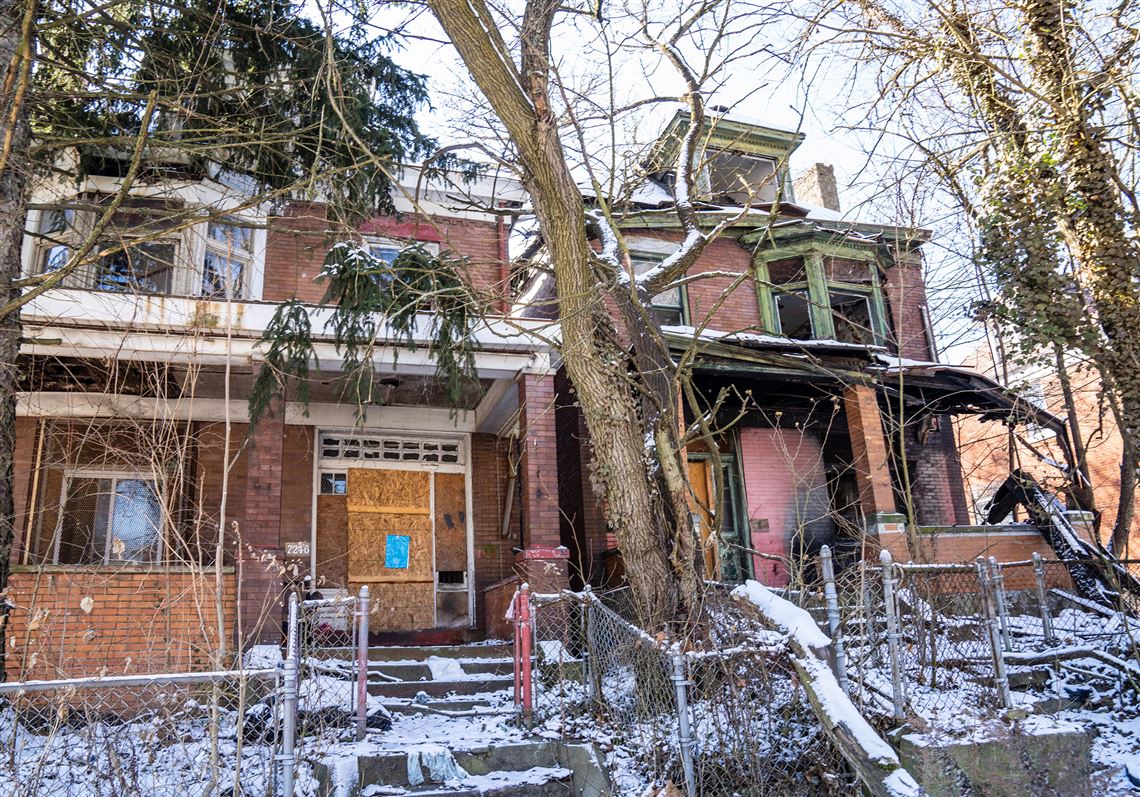
Pittsburgh’s Abandoned Buildings to Get New Lease on LifePittsburgh’s Abandoned Buildings to Get New Lease on Life Pittsburgh, Pennsylvania, is embarking on a transformative project to revitalize its abandoned buildings and breathe new life into forgotten neighborhoods. Through a comprehensive community redevelopment initiative, the city aims to restore these structures to their former glory and create vibrant, thriving spaces for residents. The Problem of Abandoned Buildings Abandoned buildings pose significant challenges to cities. They can attract crime, reduce property values, and blight neighborhoods. In Pittsburgh, the issue has been particularly acute, with thousands of abandoned buildings scattered throughout the city. These structures have become eyesores and a drain on community resources. The Community Redevelopment Project To address this problem, the city has launched a multi-pronged community redevelopment project that encompasses the following strategies: * Acquisition and Demolition: The city is acquiring abandoned buildings through eminent domain or other means and demolishing them to make way for new developments. * Rehabilitation and Restoration: Existing abandoned buildings with architectural or historical significance are being rehabilitated and restored to create affordable housing, commercial spaces, or community amenities. * New Construction: The city is partnering with developers to construct new buildings on vacant lots created by the demolition of abandoned structures. * Community Engagement: Residents are actively involved in all aspects of the project, from planning to implementation. Their input helps ensure that the new developments meet the needs of the community. Benefits of the Redevelopment The community redevelopment project is expected to have numerous benefits for Pittsburgh: * Reduced Crime: Revitalizing abandoned buildings can help reduce crime rates by removing blighted areas that attract criminal activity. * Increased Property Values: New developments can increase property values in surrounding neighborhoods, making them more attractive to buyers and investors. * Vibrant Neighborhoods: The creation of new housing, commercial spaces, and community amenities will foster vibrant and thriving neighborhoods where people want to live, work, and play. * Job Creation: The project will create construction jobs and other employment opportunities during and after its implementation. * Historical Preservation: The rehabilitation and restoration of abandoned buildings with historical significance will preserve the city’s architectural heritage. Conclusion Pittsburgh’s ambitious community redevelopment project represents a significant investment in the future of its abandoned buildings and neighborhoods. By addressing the blight caused by these structures and creating vibrant new spaces, the city aims to improve the quality of life for its residents and foster economic growth. As the project progresses, it will serve as a model for other cities looking to revitalize their abandoned buildings and create more livable and sustainable communities.
Posted inNews